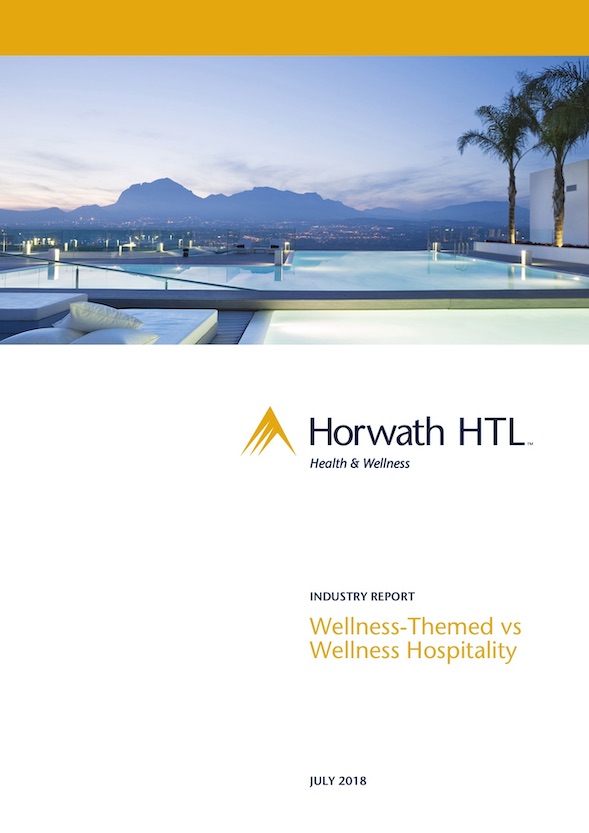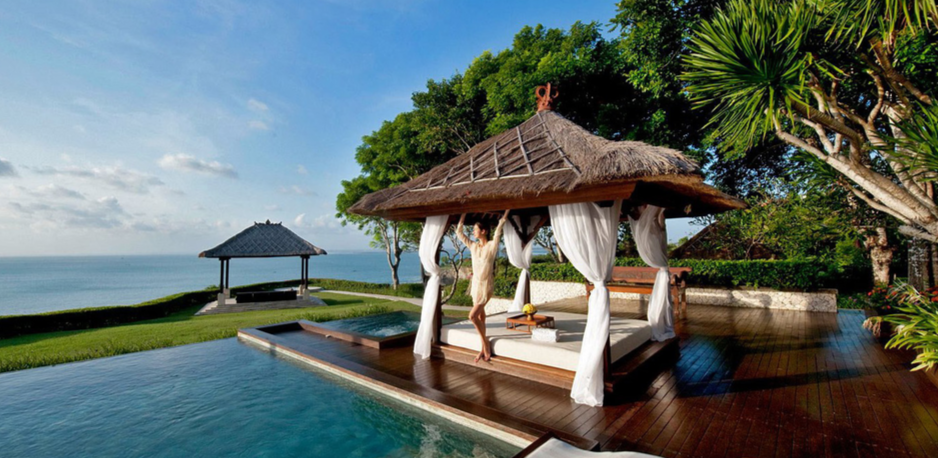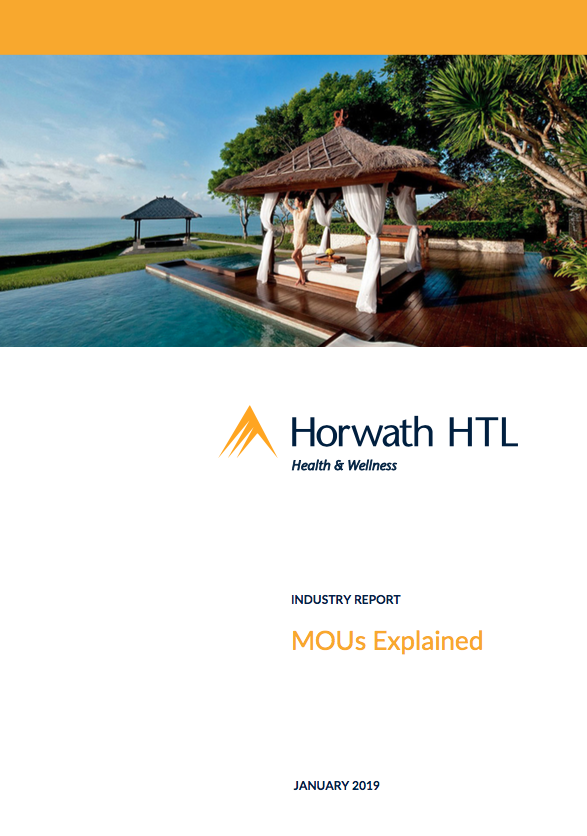14 January 2019
The arrangement between a hotel owner and a hotel operating company has been a well-accepted business model in the hospitality industry for several decades, originally developed to allow hotel operators to expand their portfolios globally with minimal risk associated with real estate ownership. Approximately one-fifth of all hotels in Europe and one-eighth of all hotels in North America were operated under management agreements as of 2015, and although each management agreement is unique, the same principal issues are typically identified and negotiated between the parties. The negotiation of a hotel management agreement (or HMA) is a complex process, typically preceded by the negotiation of a memorandum of understanding (MOU) or a letter of intent.
The MOU sets out the prime commercial terms presented by the operator on which the hotel management agreement package will later be drafted. Despite its non-binding nature, once the MOU has been signed, re-negotiation of the main commercial terms becomes difficult. Missing out on negotiating and resolving issues at this preparatory phase may lead to either party finding itself in an unfavorable position when the management agreement package arrives.
In a new white paper, the Horwath HTL Health and Wellness team from Bangkok, together with Tim Dobson, a lawyer with over 35 years of experience and the Founding Partner of Dobson & Partners, are set to clarify the rationale behind key terms and common issues that arise during the negotiation process, and discuss specifics and benchmarks related to wellness resorts and wellness real estate developments.
The operator would typically negotiate:
(i) a longer operating term;
(ii) the right to approve the name under which the property will operate;
(iii) the requirement for the hotel to be built and operated in compliance with the operator’s brand standards, policies, and specifications;
(iv) the right to directly employ the general manager and other members of the senior executive staff; and
(v) the right to set hotel room rates and other charges, salaries for the staff and the total manning numbers.
For the owner, on the other hand, it is important to ensure that:
(i) the operating term is not excessively long;
(ii) renewal and termination conditions are clearly specified;
(iii) the brand and the hotel name proposed by the operator are right for the intended target market;
(iv) the maintenance and staffing expenditure are within reasonable limits; and
(v) the owner reserves the right to review and reject candidates proposed by the operator for a general manager and other senior executive positions.
Wellness resort management agreements are in general terms similar to hotel management agreements. They employ the same business model where the operator receives a percentage of the gross operating revenue and the gross operating profit for managing the property’s day-to-day operations and are rarely signed for under 20 years. The key distinction, however, is that the base management fees of wellness operators are higher (often considerably) than the industry average of 2.5% to 3.5%. Higher incentives are based on the greater amount of technical know-how and practical experience that wellness operators need to put in to ensure appropriate design, clear strategy, pre-opening setup, and success of the overall wellness development.
In the case of medical wellness resorts, further specifications are often necessary. Medical therapies require highly specialized expertise that neither holistic wellness operators nor hotel operators typically possess. Therefore, medical services (e.g. dentistry, plastic surgery, stem cell therapy) are often outsourced to a third-party medical service provider, experienced in healthcare and hospital management. Under this scenario, the wellness operator would manage the rooms, food and beverage outlets, and integrative wellness components, and the medical operator would oversee the medical center (providing semi-invasive and invasive treatments). In the management agreement context, it is crucial that the allocation of medical service revenue is clearly specified.
In addition, the owner may decide to sell any residential real estate that forms part of the wellness resort (or a wellness development where the resort is located). In this case, it is common for the operator to charge an additional branding fee (of approximately 5%) on the total sales price, which corresponds with the substantial premiums achieved by wellness branded real estate properties.
As management agreements come further into focus, the importance of understanding key terms and potential pitfalls is on the rise. While this article highlights some key issues for hotel owners and operators alike, the list is not exhaustive. It is therefore recommended to seek expert advice at the very beginning of the negotiation process to align the interests of the owner and the operator and achieve a successful contractual relationship for the long run.
Download the full report:
SEE ALSO:
INDUSTY REPORT: WELLNESS-THEMED VS WELLNESS HOSPITALITY



